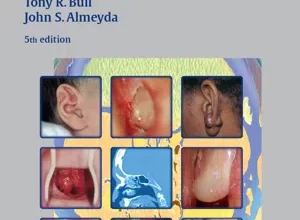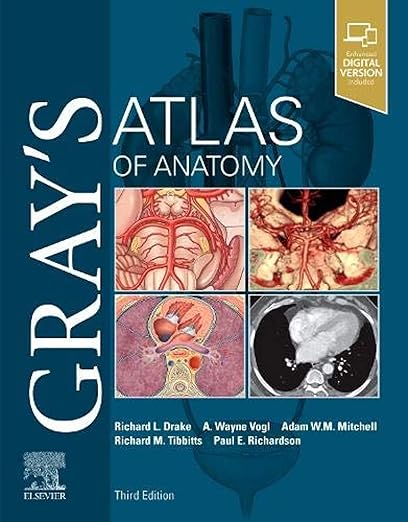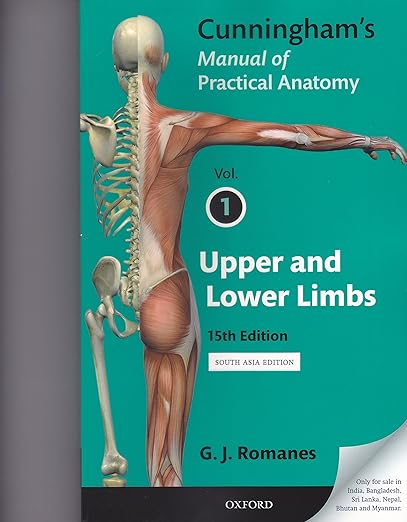Download Bhatia’s Dentogist MCQs in Dentistry with Explanatory Answers- Clinical Sciences
What is Glass transition temperature? (Tg)
It is the temperature at which sharp increase in the thermal expansion coefficient occurs, indicating increased molecular mobility. Below Tg, the glassy structure Icses its fluid characteristic and has significant resistance to shear deformation. For, waxes the Tg is 35°C (95°F).
What is the Composition of Agar impression Material?
1. Agar (basic constituent) 13-17%
2. Borates(improves strength and also retards setting of plaster or stone cast when poured) 0.2-0.5 %
3. Potassium sulphate(counters the retarding effects of borates,ensuring proper setting of plaster/stone cast) 1-2%
4. Wax(as filler) 0.5-1%
5. Thixotropic materials(as plasticizer) 0.3-.5 ‘Yo
6. Alkylbenzoates(as preservatives) 0.1%
7. Coloring and flavoring water Traces
8. Water 84%
(% = Percentage by weight)
In laminate or agar – alginate method:
– Tray is filled with child alginate that bonds with agar expressed from a syringe. Alginate gels by chemical reaction and agar gels by means of contact with cool alginate.
According to ADA/ANSI specification No.3. for dental impression compound The flow rate at 37°C shall not be more than 6% The flow rate at 45°C shall not be less than 85 %.
For Type 11 impress on compound – Minimum flow at 37°C -42% – Maximum flow at 45°C —> 85%
Glass lonomer Cement:
• Because of its adhesive bond to the tooth structure and its caries prevention potential it was recommended to use it in restoring teeth with Class III and Class IV cavity.
• The other cement which bonds chemically to the tooth structure is zinc polycarboxylate.
• The mechanism of adhesion of GIC to the tooth structure has not been clearly identified. However, it seems little doubt that it primarily involves chelation of carboxyl groups of the poly acids with the calcium in the apatite of the enamel and dentin.
• This mechanism of adhesion of GIC is comparable to that of zinc polycarboxylate.
What are the causes of Rough or uneven surface on impression?
I. Incomplete polymerization caused by premature removal from the mouth:
2. Improper ratio of mixing components. or organic material, such as oil, on the teeth. For addition silicone. agents that contaminate the material inhibit polymerization
3. Too rapid polymerization caused by high humidity or temperature
4. Excessively high accelerator: base ratio for condensation silicone.







Salam,
This is the older version of Dentogist clinical dentistry.
Do you also have 7th edition of Dentogist MCQs of Clinical Dentistry with explanatory answers?
Thank you